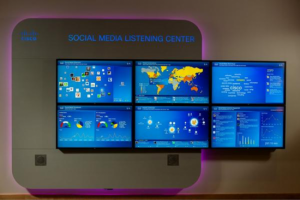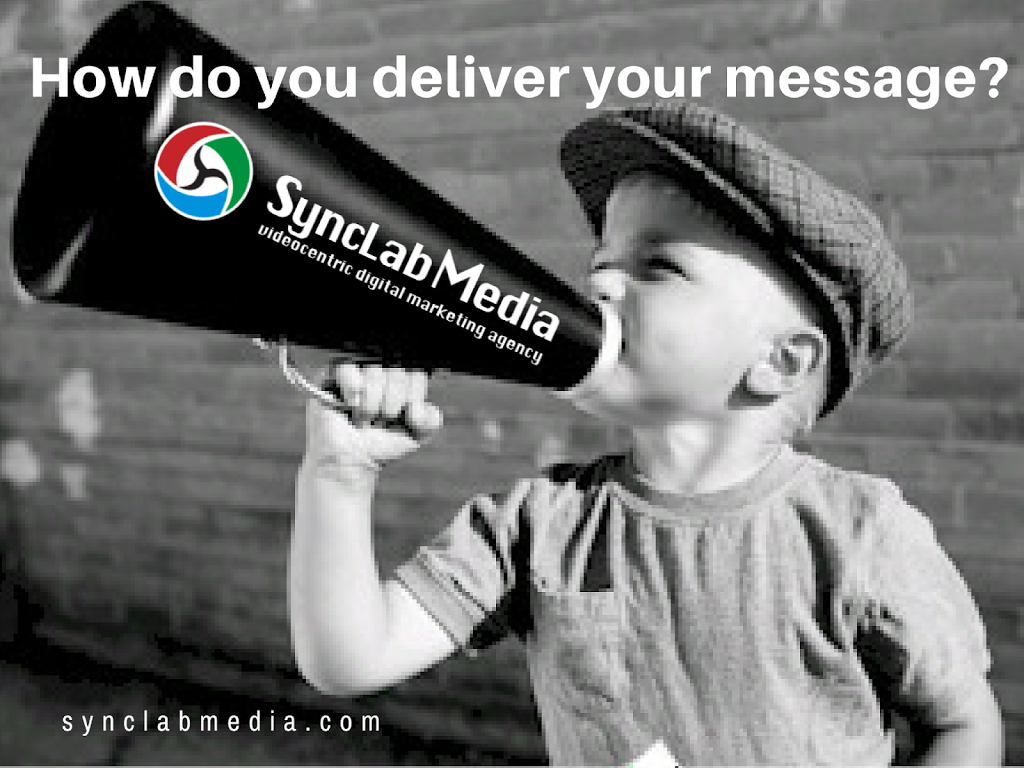 Nearly every conference you go to now days has a Social Media Command Center. You know, the place where they have a large screen monitor placed up on a wall, or on a stand, that is framed with the logos of every sponsor of the event.
Nearly every conference you go to now days has a Social Media Command Center. You know, the place where they have a large screen monitor placed up on a wall, or on a stand, that is framed with the logos of every sponsor of the event.
On the monitor is a streaming feed of Twitter posts allegedly from people who are talking about the conference. Sometimes there is other more useful information like an email service or message board or even a clever map of the center and where things are happening.
Is the Event Really Trending?
The strangest thing you may see now days is a chart showing you what is trending at the conference.
Some of the same things are going on with all of the news networks. News anchors attempt to impress upon their viewers that their news network is totally social media savvy. Newsrooms will have on-air a live stream of comments on Twitter on something they see newsworthy.
Or, news stations will even go as far as to even ask everyone to send them their thoughts and NEWS to their Facebook account?
How Influential is Something Trending?
This type of influential social media is getting popular and is a true form of Social Media.
However, how much of what you are shown is real? How many of those people, places and/or things showing up on the monitors or TV screens, or on their Facebook Page, are Real people like you and me?
There are still a large number of questions being asked by consumers on a daily bases concerning what is real and what is contrived hype in the social space.
Unfortunately, not too many answers have been offered by today’s marketing firms who come up with these type of socially influencing campaigns.
What many marketing firms forget is the today’s consumers are the children, or grandchildren of people who got burned really bad from scammy and unscrupulous type marketing campaigns.
Consumers Don’t Buy It!
Consumers don’t fall for anything anymore and are very demanding of trust which for many marketing firms..and people who offer marketing services…is hard to produce and still be able to sell a product or service.
So how are these social media centers, who use these very expensive methods of producing hype on the air, looked at by the consumer?
Are all of these elaborate, very expensive, attempts to persuade people, or consumers, into thinking something is popular really working?
I am sure you have stood in front of one of these social media command center monitors at an event starring at the endless stream of comments and remarks being made by things called @she/he69 or @titoasswipe and then ask yourself..who are these people? Or these people I want to know?
Building a House of Cards
The answer to where these people come from and why they are posting comes from situations like this…
Have you sat in the audience of an event where you were asked to use a Hashtag on Twitter during the event? This is usually tied to a contest for the person using the Hashtag to entered into winning an iPad..or steak dinner…or whatever, for the most posts made by that person to Twitter.
Could this be where the stream of comments on the monitor at the conference are coming from? Are these streams of comments of any value since most of these people would not use Twitter if it was not for these type of incentives?
Does a Contrived Popularity Make You Popular?
Does this kind of information influence you to think this event is really popular and does that popularity really matters to you?
There now is a long history of thousands of marketing campaigns strategies based on actually hiring hordes of people to fill a Twitter stream or hit the Like button on Facebook. This type of misleading marketing id done all in an effort to produce an illusion to something, like the conference, or someone being popular.
Consumers have learned about this technique used by PR firms and marketing services. This one activity has built a mistrust amongst consumers towards this kind of marketing techniques.
So why is contrived popularity campaigns still being used even more today than before?
The answer to why deception still plays a vital part of marketing today has to do with the profit businesses make from creating a false popularity. Marketing services seem to work hard at generating a large amount of interest from uninterested consumers instead of working to gain popularity organically from a much larger consumer base who actually is interested in buying.
Got To Show an ROI at All Cost!
Many of the programs and software developed to measure influence where developed so to appease the C Suites that social media works.
This game of creating measurable results from marketing campaigns was created for the large firms to use in their every expensive presentation to their stockholders.
This method of ‘Showing an ROI’ stuck. As a result, consumers are having all kinds of unverifiable stats and figures shoved at them as proof positive a product or service is good.
Brand Marketing still plays a huge part of many marketing campaigns. Brands survive on gaining consumer trust.
However, trusted brands could lose that trust quickly if they are found to be associated with the popularity contests many marketing firms feel are part of being successful.
Things Have Got to Change
How long will it take before these events will give up on creating an illusion they are popular?
It is probably going to take a long time since it is so easy to create these illusions and there are still so many people who feel they are successful if there are comments and remarks in their social streams.
If more consumers were to voice concern to these events and brands with how unnecessary it is to produce an imaginary high level of popularity may be more of the event will get Real.
Making the Marketing Industry Look Bad
Right now those marketing businesses actions reflect negatively on others who use the internet. These illusions are casting a dark shadow on everything that is produced online and making the businesses who offer quality digital marketing services and products appear untrustworthy because they use the social spaces to market their client’s businesses.
Why is it so hard for these events and businesses to live in reality? The answer is the fear of not being popular. Sponsors of events only want to be sponsors of an event that is popular.
The more popular something is the more people want it and the more people wanting something are the consumers sponsor want to be in front of to sell.
Can popularity Be Measured?
The sooner businesses of all types realize the world’s consumers needs and wants have changed the sooner consumers will be able to trust what they see is real.
It all boils down to what is a good event or conference will become popular through word of mouth marketing. What is bad about an event or conference will become unpopular through the same method of marketing. And no form of false popularity towards something bad will work anymore.
Consumers are will rely on their own Twitter Feed to tell them what is happening…or better yet, will now call upon their circle of real people in their G+ account to offer up what they know about a product or service before they buy it.
The consumer will no longer need a stream of unknown people, places and things flashing in front of them all saying how great something is.
Times are changing and marketing campaigns seem to always to be the last to change.
Let me know how I can help.











